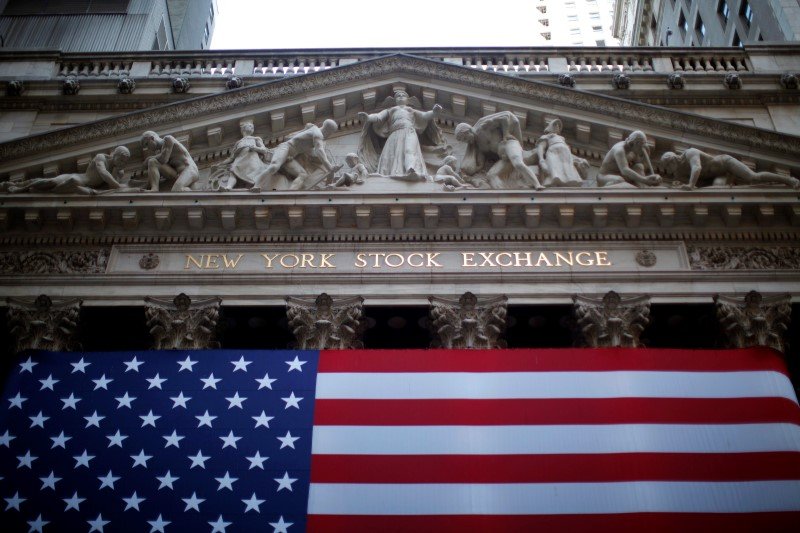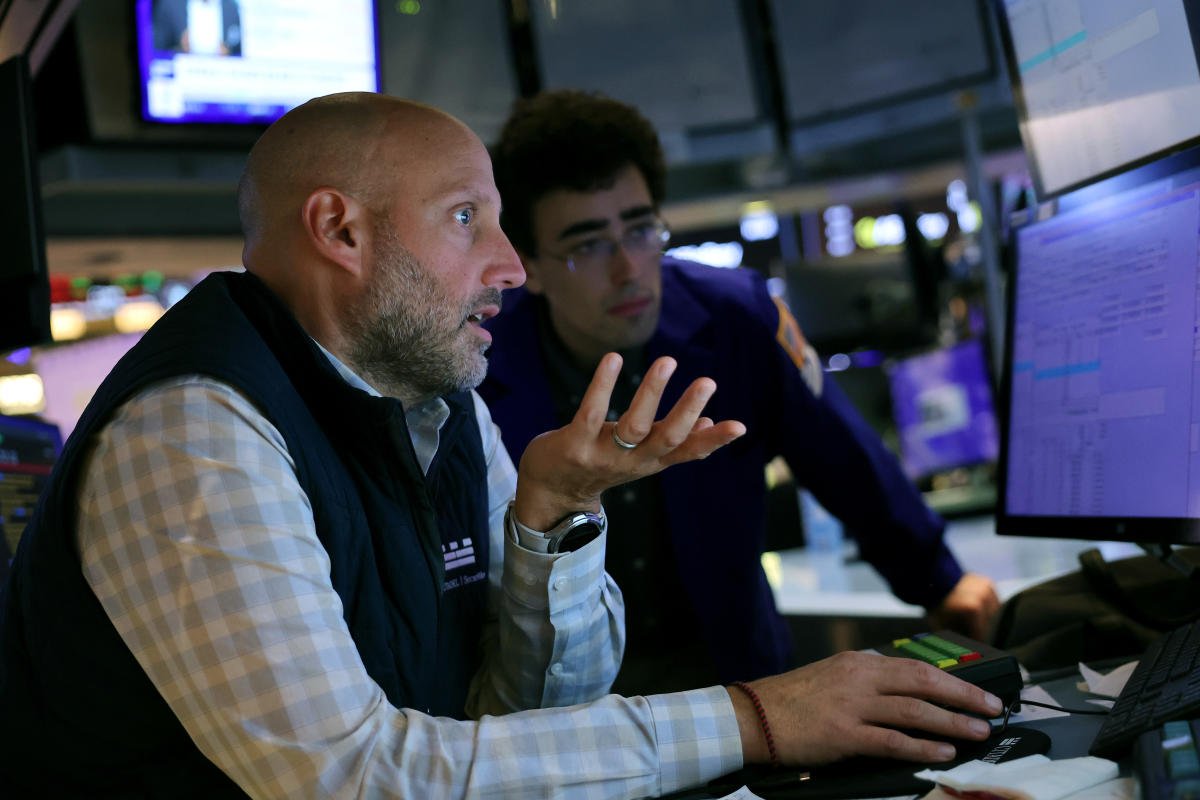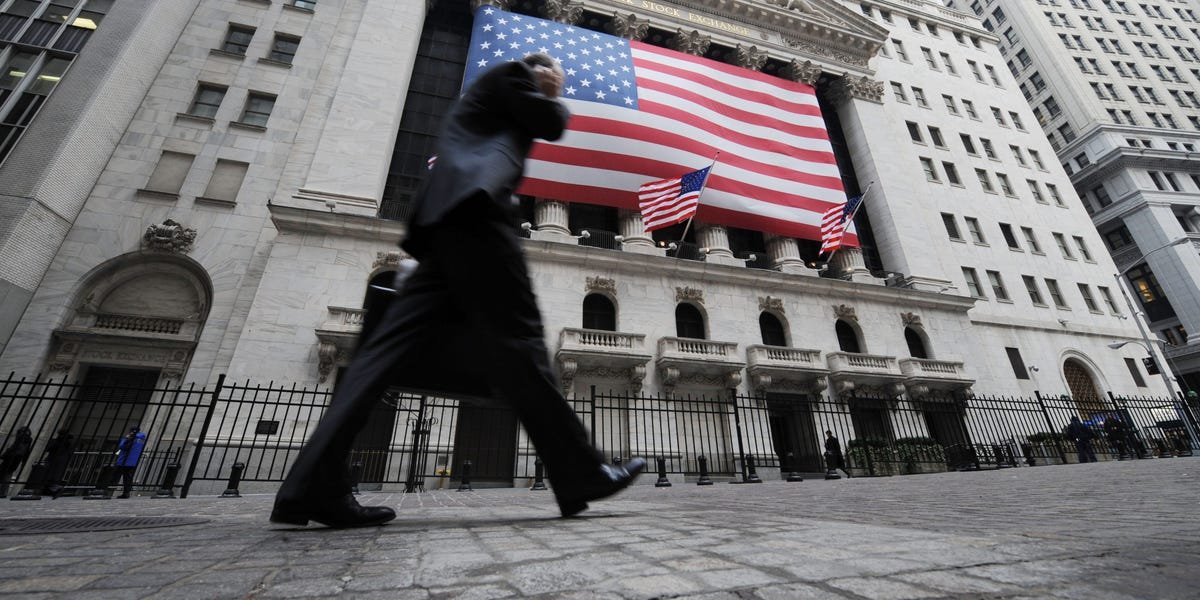In this article, we will discuss 8 Best Wide Moat Stocks to Buy According to Analysts
Undoubtedly, global and domestic investors have mastered the art of riding out the highs and lows of the US stock market. They tend to believe that fluctuations in the stock market are short-term, and should be dealt with accordingly.
McKinsey & Company highlighted that, in 2001, the market cap of the companies making up the S&P 500 stood at ~$10 trillion. As of mid-June 2022 (despite the bearish opening), S&P 500 market capitalization touched ~$32 trillion. Also, the mean total yearly returns (including dividends) of the S&P 500 between 1996 to mid-June 2022 was ~9% in nominal terms, or ~6.8% in real terms.
The investors have seen significant fluctuations. S&P 500 saw a strong decline in 2000, 2001, and 2002, with a ~37% decline in 2008 and a ~22% fall in 1H 2022. That being said, between 1996 and mid-June 2022, S&P 500 returns only declined 5 times annually. While there can be significant fluctuations in the US markets, the macroeconomic indicators can help provide a broader overview of the expected performance of equities.
US Fed Rate Cut – It Finally Happened
The decision on the rate cut by the US Federal Reserve was indeed a closely watched one. The apex bank decided to go for a larger 50-bps reduction in interest rates, instead of a more traditional 25-bps rate cut. This decision was more consequential than normal for 2 reasons. Firstly, this rate cut marked the initiation of a long-awaited easing cycle. Therefore, the US Federal Reserve shifted its focus away from the risks related to inflation and towards protecting the labor market and economic expansion.
Secondly, the rate cut decision itself was much more critical and engaging than normal. History suggests that the US Fed provides greater transparency when it comes to decision-making. This means the financial markets are not surprised by the decision as people know what the US Fed is going to do. However, the recent one was not like this, with markets pricing the 25-bps rate cut decision. The move to cut the key rates by 50 basis points should help the US Fed normalize rates more quickly and be ahead of the emergent slowness in the broader labor market. That being said, the US Fed’s forecasts (the dots) don’t reflect this pace continuing beyond September.
The recent report by Russell Investments highlighted that the company expects the US Fed to cut rates by 25 basis points at each of the remaining meetings in 2024. Furthermore, this pace should be sustained into 2025. If the trajectory continues, the US Fed will be down to the company’s expectations of the normal or equilibrium rate of interest of between 3%-3.25% by this time of the next year.
Equity Market Outlook Post Rate Cut
The implications for the rate cut onto equities hang mainly on the fundamental backdrop—i.e., corporate earnings and whether the US economy is heading for a soft or hard landing. In case of a soft landing, Russell Investments believes that the combination of lower rates and resilient fundamentals should benefit select areas of the market such as real estate and small caps. Regarding small caps, in particular, the investment firm expects a ripe environment for skilled active managers to pick quality businesses at more attractive valuations.
In the remainder of 2024 and 2025, the US Fed cuts are expected to have a positive effect on the economy and markets. Analysts at Wells Fargo believe that the global economy should also benefit, as major central banks around the world have already announced the cut rates or will be announcing soon.
Market experts believe that the Fed rate cut expectations have led to the investors rejigging their portfolios and pivoting towards public companies that are interest-rate sensitive. These include dividend companies, telecommunication giants, utilities, and REITs, among others.
Wall Street also believes that the rate cuts should help well-established and financially stable companies to increase their spending and investments, which are likely to reflect in their stock prices in the remainder of 2024 and early 2025.
With this in mind, let us explore the 8 Best Wide Moat Stocks to Buy According to Analysts.

A trader on the floor of the stock exchange, capturing the energy that powers the market.
Our methodology
To list the 8 Best Wide Moat Stocks to Buy According to Analysts, we conducted an extensive online search and sifted through online rankings and VanEck Morningstar Wide Moat ETF. Next, we considered average analysts’ price targets of the selected stocks. Finally, we ranked the stocks according to their potential upside, as of September 21. We also included the hedge fund sentiment around these stocks, as of Q2 2024.
Why are we interested in the stocks that hedge funds pile into? The reason is simple: our research has shown that we can outperform the market by imitating the top stock picks of the best hedge funds. Our quarterly newsletter’s strategy selects 14 small-cap and large-cap stocks every quarter and has returned 275% since May 2014, beating its benchmark by 150 percentage points (see more details here).
8 Best Wide Moat Stocks to Buy According to Analysts
8) International Flavors & Fragrances Inc. (NYSE:IFF)
Number of Hedge Fund Holders: 46
Analysts’ Average Price Target: 7.60%
International Flavors & Fragrances Inc. (NYSE:IFF) is the largest specialty ingredients producer globally. It is engaged in selling ingredients for the food, beverage, health, household goods, personal care, and pharmaceutical industries.
Considering the company’s size, it holds an enviable portfolio of market-leading products across multiple industries. Wall Street analysts believe that International Flavors & Fragrances Inc. (NYSE:IFF) enjoys a wide economic moat, stemming from its unique product portfolio and its market position as a dominant producer of indispensable scents, cultures, tastes, proteins, and probiotics. This means that significant breadth in its product portfolio enables the company to cater to a significant number of different markets and producers. This helps International Flavors & Fragrances Inc. (NYSE:IFF) to increase the robustness of its revenue streams.
International Flavors & Fragrances Inc. (NYSE:IFF)’s strategic decision to divest some of the business units, like the Savory Solutions and Flavor Specialty Ingredients businesses, demonstrates the focused approach to streamlining its business and generating revenues by focusing on core growth areas.
The leadership changes might result in further restructuring initiatives, which might help the company’s stock price. This, along with positive near-term trends and ongoing transformation as per consumer demand for health and environmentally friendly products, should aid the company’s revenue growth for the upcoming quarters.
International Flavors & Fragrances Inc. (NYSE:IFF) increased its expectations for FY 2024 and now anticipates FY 2024 sales of $11.1 billion to $11.3 billion as compared to $10.8 billion to $11.1 billion. It expects adjusted operating EBITDA of $2.1 billion to $2.17 billion compared to $1.9 billion to $2.1 billion. It anticipates volume to be 3% to 5% against 0% to 3%, with improvements in the majority of the portfolio.
Mizuho upgraded shares of International Flavors & Fragrances Inc. (NYSE:IFF) from a “Neutral” rating to an “Outperform” rating, increasing the price target from $109.00 to $120.00 on 3rd September 2024. Insider Monkey’s 2Q 2024 database revealed that the company was held by 46 hedge funds.
7) Pfizer Inc. (NYSE:PFE)
Number of Hedge Fund Holders: 84
Analysts’ Average Price Target: 8.77%
Pfizer Inc. (NYSE:PFE) operates as a pharmaceutical company. It provides medicines, vaccines, medical devices, and consumer healthcare products for oncology, inflammation, cardiovascular, and other therapeutic areas.
Pfizer Inc. (NYSE:PFE)’s large size, diverse portfolio of drugs, pipeline advancements, and broad portfolio of patent-protected drugs continue to make up its wide economic moat. It reached more than 192 million patients with its medicines and vaccines in 1H 2024. The company has been tracking well to meet its goal of $4 billion in cost cuts by 2024 end, which should aid in operating margins. Following overinvestment during COVID-19, Pfizer Inc. (NYSE:PFE) continues to reduce costs to adapt to the subdued demand for its COVID-related products. Following cost-cutting initiatives, the company’s operating margin should be able to return to the more typical range of more than 30% before the pandemic.
Pfizer Inc. (NYSE:PFE)’s successful integration of Seagen’s products along with the advancement of its pipeline candidates continue to provide strong competitive advantages. Its cost-realignment and manufacturing optimization programs should help the company save more than $1.5 billion by 2027. Despite the challenges as a result of IRA and generic competition, Wall Street remains optimistic about its commercial strategies and the strength of its core business.
The company raised its full-year 2024 revenue guidance by $1 billion at the midpoint to between $59.5 billion – $62.5 billion and raised adjusted diluted EPS guidance by $0.30 at the midpoint to $2.45 – $2.65.
Analysts at Cantor Fitzgerald restated an “Overweight” rating and gave a price target of $45.00 on the shares of Pfizer Inc. (NYSE:PFE) on 16th September. As of the end of 2Q 2024, Pfizer Inc. (NYSE:PFE) was in the portfolios of 84 hedge funds. Parnassus Investments, an investment management company, released its first quarter 2024 investor letter. Here is what the fund said:
“During the quarter, we added new positions in Pfizer Inc. (NYSE:PFE), NICE and Charter Communications. We purchased Pfizer to capture the potential upside from any turnaround following the COVID-induced boom-bust cycle of the last few years. Pfizer’s stock price sank by more than 40% in 2023 as COVID-19 vaccine revenues rolled off, providing an attractive entry point for us. The company completed its acquisition of Seagen, which should strengthen Pfizer’s pipeline in antibody-drug conjugates (ADC). Pfizer also offers an attractive dividend yield.”

















